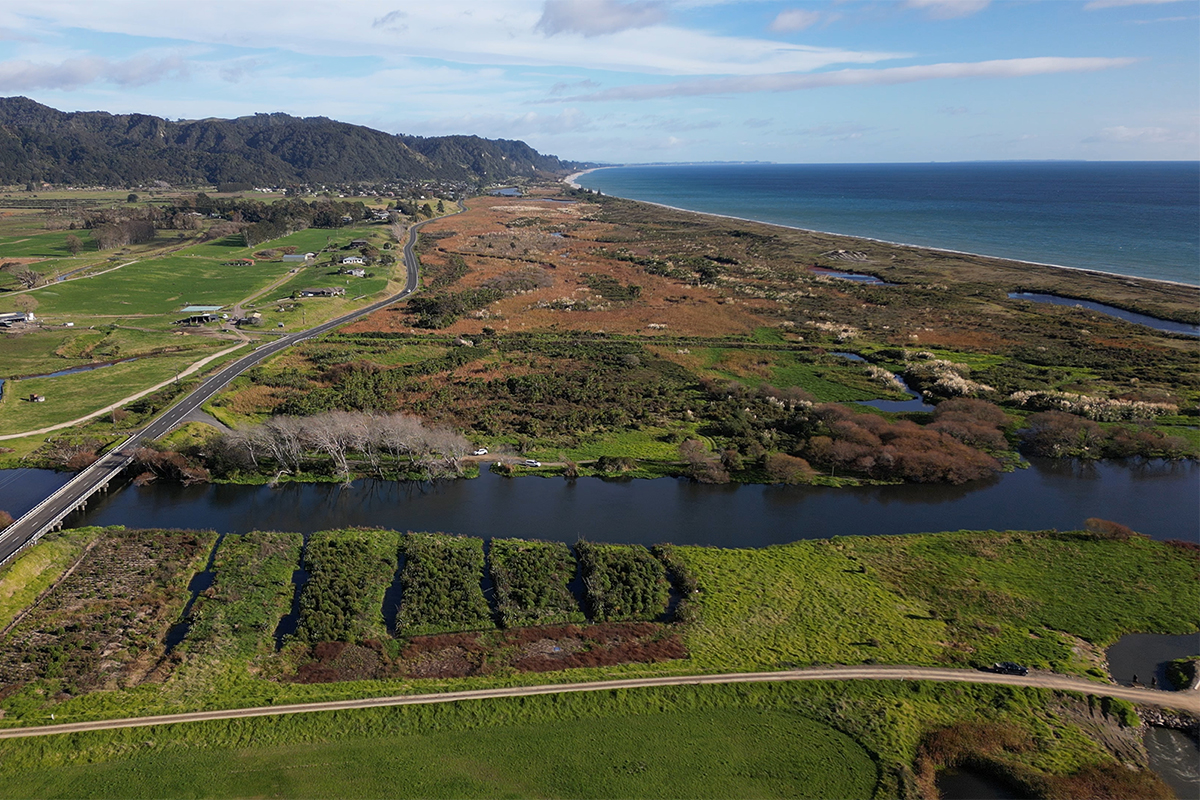Our Aspirations
Understanding where we have come from
Driven by the urgency to restore the health of the river, the Tarawera Iwi Collective has developed three critical aspirational statements that must form the basis of a Mauri Restoration Strategy. They are not exhaustive or exclusive, rather, they have been informed by our collective mātauranga about what it will take to heal our Awa, what it will take to allow the Awa to recover and how we can protect the holistic wellbeing of our taonga for current and future generations.
The TARSG acknowledges the social, economic, environmental and economic values associated with the Tarawera, Rangitāki, Orini and other Awa within the rohe and the importance of working together with tangata whenua, communities, industry and river users to achieve their aspirations.
Rechannel and reconnect the ancestral path of the Tarawera, Ranitaiki and Orini Awa back through Te Awa o te Atua and out to sea at Mihimarino
To restore the mauri of the Tarawera, we must retrace the original pathways of the river to reconnect the life-giving potential of the Tarawera waters to Te Awa o te Atua once again. As kaitiaki, we must hold an unwavering aspiration that in supporting the Awa to return to its original path, we are acknowledging the mana of the ancestral route of the Tarawera and honouring its natural path from source to sea. In doing so, we also wish to explore the
potential to reconnect the Rangitāiki and Orini Awa to meet as they once did. This will involve working together with neighbouring iwi who hold mana whenua interests with the Rangitāiki and Orini Awa. The Iwi Collective believes re-connection is a critical step to enable Te Awa o te Atua to recover from the suffering it has endured so it can once again, be the place where waters meet, and life flourishes.
Work together to protect the Tarawera Awa by dealing with all contamination and discharges into its waters
The Tarawera Awa faces significant environmental challenges due to multiple sources of contamination, including geothermal fluid, industrial wastewater, and aging infrastructure. The Tarawera Iwi Collective has long expressed concerns about these issues, emphasising the need for urgent action from the Crown and local authorities to stop all discharges into the river. The Collective remains particularly worried about the potential threats from the Mill’s contamination of Rotoitipaku, the failure of septic tanks in Matatā, and the maintenance of the Edgecumbe wastewater treatment plant.
We are committed to strengthening relationships with relevant parties, including consent holders, and acknowledge the criticality of positive communication and transparency to transition to an improved model of environmental and cultural protection for the Tarawera Awa. Affecting positive change requires a joint effort and partnership between iwi, and all river users and we are committed to traveling along this Awa enhancing journey together.
Regenerate the life sustaining properties of the Tarawera Awa and Te Awa o te Atua so that it can return to the food basket it once was
Many of our cultural practices associated with Te Awa o te Atua have been lost with the severance of natural flow between the waters of Tarawera, Rangtāiki and Orini and the increasingly degraded state of the water quality. We are committed to fostering conditions that enable Te Awa o te Atua to return to its once thriving self, to be the food basket we remember, and to revive our cultural practices so that Te Awa o te Atua can be a place where our tamariki can safely learn, play, fish, collect kaimoana and swim.
